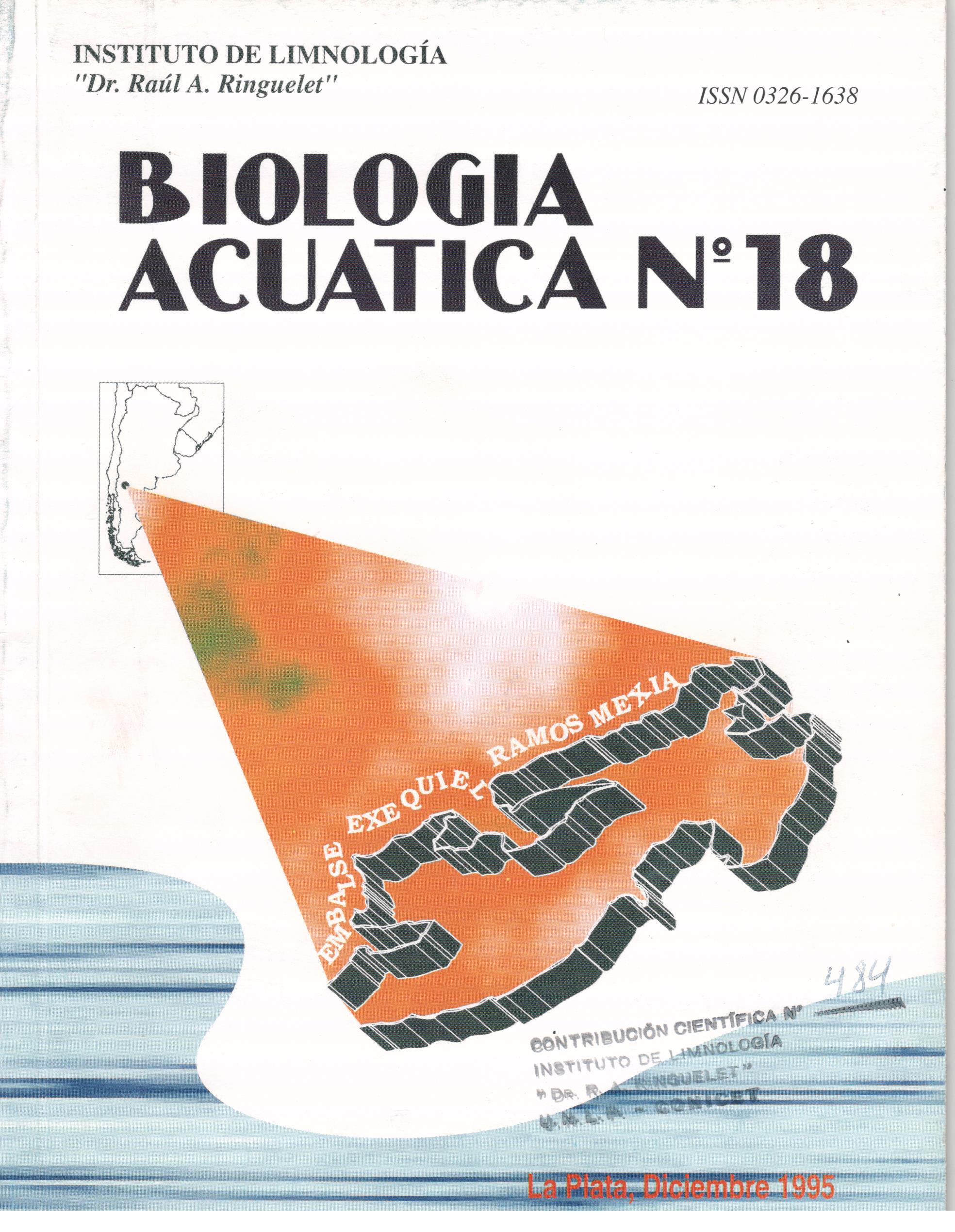Medición de la producción bacteriana en un embalse patagónico. Aspectos metodológicos
Keywords:
bacterial production, metodology, (3H)-thymidine, incubation time, conversion factors, reservoir, ArgentinaAbstract
Prior to the development of a periodical study of bacterial production in the Ezequiel Ramos Mexia reservoir, several experiments were performed with the aim of selecting an adequate water sample aliquot and die (3H)-thymidine inoculum, as well as establishing die incubation period and the conversion factors necessary for the transformation of thymidine incorporation rates into bacterial production. Due to the particular characteristics of this reservoir, an aliquot of 50 ml and an innocuhim of 2.5 nM (3H)-thymidine were adequate for routine experiments; four hours of incubation were concluded to yield satisfactory results. The conversion factors experiments suggest that the rate of thymidine incorporation is associated with bacteria] growth (increase in cellular volume), as well as with cellular division (increase in cells number), and that it is influenced by changes in temperature. Bacterial production can be sub- or overestimated if the wrong factor is selected The use of a range of conversion factors is suggested as amare precise way of expressing bacterial production.





















